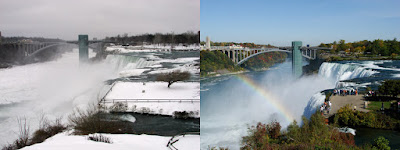- Volcanism, 2003, Hans-Ulrich Schmincke
- Fundamentals of Physical Volcanology, 2008, Parfitt and Wilson
- Volcanology, 2000, Bardintzeff and McBirney
- The Encyclopedia of Volcanoes, 1999, Houghton et al.
- Volcanoes, 2003, Francis and Oppenheimer.
- Pyroclastic Rocks, 1985, Fisher and Schminke
- Volcanic Successions, 1987, Cas and Wright
- Volcanology and Geothermal Energy,1992, Wohletz and Heiken (the full text of the book is available at this link)
- Altered Volcanic Rocks, Gifkins et al.
- Igneous Petrogenesis, 2007, M. Wilson
- Atlas of Igneous Rocks and their Textures, 1982, MacKenzie et al.
- Volcanoes of the World , 1994, Tom Simkin and Lee Siebert (Global Volcanism Program)
- Monitoring Active Volcanoes, 1995, McGuire et al.
- Remote Sensing of Active Volcanism, 2000, Mouginis-Mark et al. (eds)
- Volcanoes, 1972, Gordon MacDonald
- Ash Flow Tuffs, 1979, Charles Chapin (ed)
- Volcano Deformation, 2006, Daniel Dsurizin (ed)
- Introduction to Volcanic Seismology, 2003, V. Zobin
- Volcanic Ash, 1985, Heiken and Wohletz
- Volcanic Textures, 1993, Doyle and McPhie
- Monitoring and Mitigation of Volcanic Hazards, 1996, Scarpa and Tilling
- Volcano Instability on the Earth and Other Planets, 1996, McGuire
- Fire and Mud, 1996, Newhall and Punongbayan
- The Physics of Explosive Volcanic Eruptions, 1998, Gilbert and Sparks
- From Magma to Tephra, 2001, Freundt and Rosi
- Environmental Effects on Volcanic Eruptions, 2000, Zimbelman and Gregg
- Volcanoes and the Environment, 2008, Marti and Ernst
- Volcanic Degassing, 2003, Oppenheimer et al.
- Kinematics and Dynamics of Lava Flows, 2005, Manga and Ventura
- Mechanisms of Activity and Unrest at Large Calderas, 2006, Troise et al. (eds)
- Caldera Volcanism, 2008, Gottsman and Marti
- Fluid Motions in Volcanic Conduits, 2008, Lane and Gilbert
- Earthquake and Volcano Deformation, 2010, Paul Segall
In most cases I've linked to Amazon, mostly because they do pretty decent summaries of content, but these books are often available straight from the publisher, or from independent booksellers (for a greatly reduced price). Bookfinder.com is where I start whenever I'm looking for an obscure book, although beware of inflated prices for out-of-print editions.





















